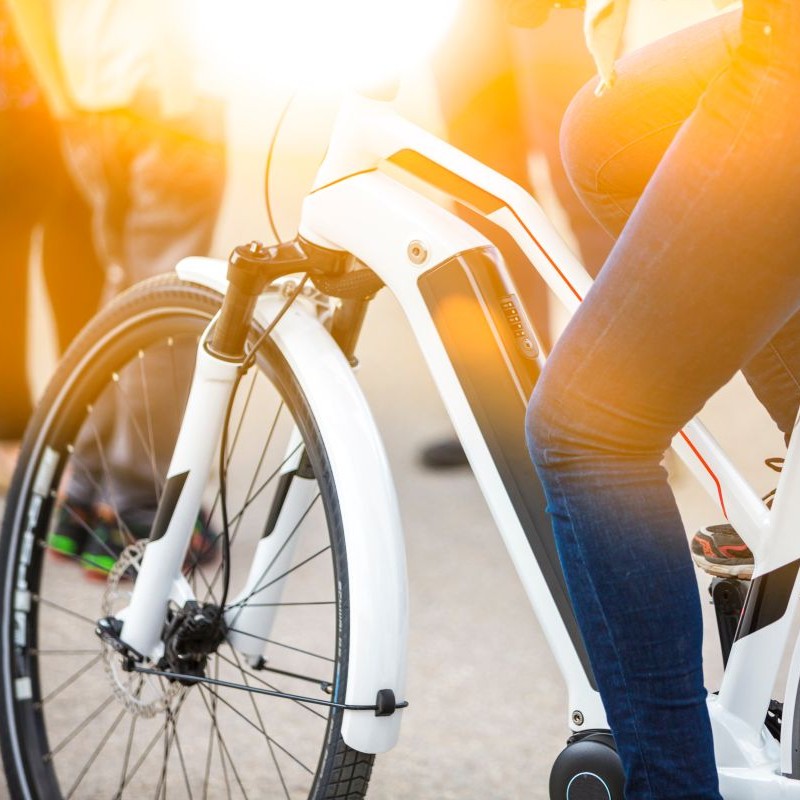Published:
The anticipation around the growing electric vehicle market has consumers excited about the future of transportation, but this future may be approaching in a way we did not expect. With concerns around COVID-19 exposure on public transportation, many people started utilizing alternative methods of getting around, one of those methods being biking. A Dutch company in particular saw this phenomenon and has taken their solution to the next level, saying goodbye to the average bicycle and introducing electric bikes.
VanMoof is an e-bike startup in the Netherlands that has taken inspiration from companies such as Apple and Tesla to adapt to consumers’ new transportation preferences. With the pandemic, VanMoof alone saw $150 million come in from venture capitalists, many of which did not usually invest in bicycles. The electric aspect of these bikes is adding a new twist to the standard, and perhaps now boring, bicycles that we have always known. Battery-powered bikes are sleek, powerful, and fit a wide variety of transportation needs. Because of this new realization among consumers, VanMoof is estimating industry sales to be $46 billion by 2026, doubling the predictions made a few years ago.
Alongside VanMoof in these projections are companies in Taiwan, Germany, Japan, Canada, the U.S., and others. With a compounded annual growth rate of 12.6% spanning from now until 2028, the e-bike market is optimistic that this transportation is here to stay. To further imply that these bikes are becoming the new norm, the infrastructure supporting electric bikes is going up around the world, especially in China and Japan. The Asia Pacific region holds more than 70% of the value in e-bike market shares, with China having 50% of all e-bikes around the world in their communities last year. If we look off the beaten path, electric bikes are being sought out for more than just intercity travel.
In Hawaii, e-bikes are offering a new opportunity to explore rough terrain without the worry of unreliable bikes, heavy luggage, or uphill rides. Lanai, one of Hawaii’s least populated islands, features miles of trails and uneven pavement that is unfit for cars, but perfect for e-bikes. Travelers reported the ease that e-bikes offer when it comes to carrying bags and going up hillsides, as the motors on these bikes offer an extra push to make riding easier. The versatility of e-bikes is making them both a functional everyday tool for those needing to get from point A to point B and a tourist activity for these outdoor enthusiasts. This transportation is not only benefiting consumers but also government agendas.
Increasing concerns around climate change are primarily driven by greenhouse gas emissions, largely due to car exhaust emissions that are driving up carbon dioxide levels in the atmosphere. Some governments are incentivizing the use of e-bikes to encourage minimizing this environmental harm. San Diego, for example, is pushing an E-Bike Act that would offer a $1,500 tax credit on the purchase of an e-bike. The Indian Government took this a step further in 2019, planning to lower taxes on e-vehicles from 12% to 5%, thus including e-bikes. Overall, countries’ implementation of bike routes, charging stations, bike parking, and other infrastructures are promoting the adoption of this transportation for the greater good of the environment.
From getting to work to exploring rural hillsides, e-bikes address a range of societal needs while simultaneously offering a sustainable form of transportation. This emerging market blends right into the ever-growing electric vehicle market, making these bikes appear as a promising investment as the industry continues to grow.
File under






